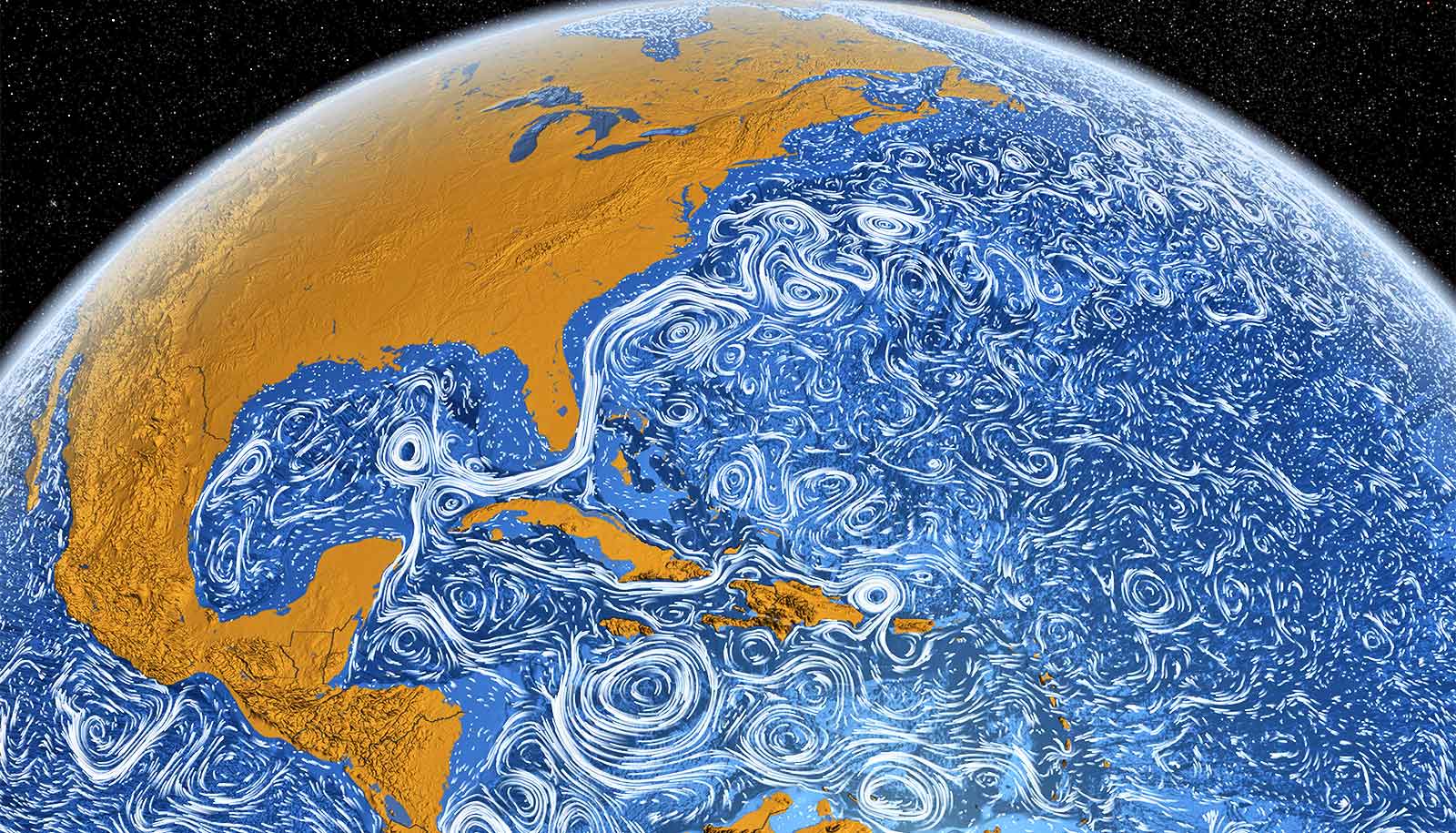Photographers and key words posted online can signal weather risks developing in specific locations and times, report researchers. For example, posts about water levels rising can alert the authorities to a potential flood.
Collating the information accurately could predict which areas are at risk, and how big the impact will be to infrastructure and human life.
The researchers tracked photos and videos with tags such as river, water, and landscape on the photo-sharing site Flickr between 2004 and 2014.
Although these words can generally describe natural scenery, researchers found that in certain time periods before the peak of extreme weather events—and in the locations where they occurred—these words showed the weather worsening.
“Our analysis demonstrates that metadata in social media image postings enables them to be used as ‘social sensors,’ which can serve as a valuable supplement to instrument-based systems for predicting and monitoring floods, and other kinds of natural hazards,” says Nataliya Tkachenko of the University of Warwick computer science department and the Warwick Institute for the Science of Cities.
Science bolsters the story of China’s Great Flood
Physical sensors like flood monitors have been used traditionally to detect extreme weather events, but their scope is limited, and they cannot accurately cover each specific area that the weather may affect in the same way.
Social media is already an effective tool for “now-casting”—providing eye-witness accounts of ongoing events—but has not yet been harnessed for predicting large-scale events that are still developing.
The research appears in PLOS ONE. Tkachenko is a PhD student in the EPSRC-funded Urban Science Centre for Doctoral Training.
Source: University of Warwick



